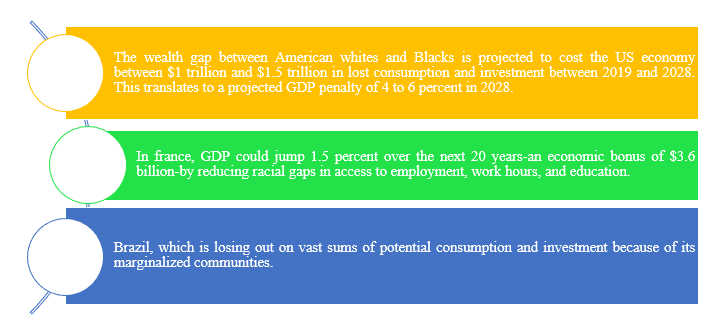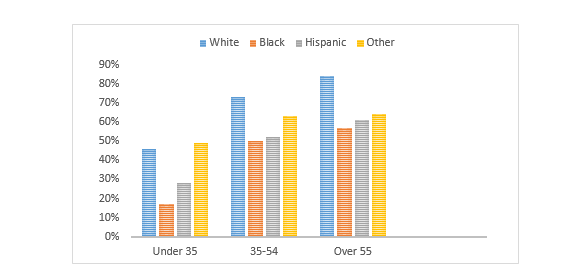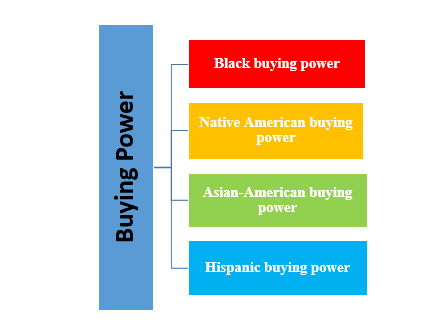The Dominance of Economic Power: Unveiling the Forces That Shape Nations
Overview:
A combination of wealth, income, occupation, and education can be used to assess someone’s or a group’s economic situation. While race is frequently thought of as the biological and/or cultural essentialization/naturalization of a group based on a hierarchy of superior and inferior related to the biological constitution of their bodies, ethnicity is frequently thought of as the cultural identity of a group within a nation state.
Large racial and ethnic differences in wealth, income, poverty, and employment have been present for decades, differ by class and gender, and are the result of political decisions, including the failure to pass necessary rules and regulation.
The Economic Cost of Racism:
A systemic racism is a moral crucial. It can also make the economy stronger.

Of course, these major countries are not the only ones that must deal with racism, its negative social and economic effects, and the demand for a wider acceptance of its existence.
Disparities in Wealth by Race and Ethnicity:
- Housing is frequently the largest source of wealth for families. Housing and family wealth are closely correlated.
- On the other side, homeownership has also been discovered to, on average, produce high financial returns and to be a crucial way for families to accumulate wealth.
- Regardless of race or ethnicity, home ownership increases significantly as people get older. At the same time, there are noticeable homeownership discrepancies between White and non-White families in each age group, with the gaps between White and Black families being the largest.
- Only 17 percent of Black households and approximately 46% of White young family members own their home.
- Among middle-aged and older families, the approximately 30-percentage-point difference between Black and White people becomes somewhat smaller.
Life-cycle patterns of homeownership by age and by race and ethnicity are similar to the patterns of wealth:

Clearly, White families are far better than Black and Hispanic families. Other families, a diverse group that includes all respondents reporting more than one racial identification and those who identify as Asian, American Indian, Alaska Native, Native Hawaiian, Pacific Islander, other race, have less wealth than White families but more wealth than Black and Hispanic families.
Minority Markets Have More Buying Power
For racial and ethnic minority group:
- According to estimates, the consumer purchasing power of the nation’s minority markets—African Americans, Asian Americans, Hispanics, and Native Americans—is $14.8 trillion in 2018. This figure represents an increase of 100% since 2000 and 30% since 2010, with minority markets experiencing the largest percentage growth.
- Black, Asian, and Native Americans collectively have an estimated $2.4 trillion in purchasing power, while the $1.5 trillion in spending power held by the nation’s Hispanics is greater than the GDP of Australia.

Black buying power:
Since the end of the last economic collapse, African American purchasing power has increased significantly, rising from $961 billion in 2010 to an expected $1.3 trillion in 2018.
Native American buying power:
Native Americans make up only 1.3 percent of the population, but their purchasing power is predicted to exceed $115 billion in 2018, up 185 percent from 2000.
Asian-American buying power:
Asian-Americans control an estimated $1 trillion, or 6.2 percent, of the country’s overall purchasing power. The Asian market has grown by 267 percent since 2000, making it the minority market in the nation with the greatest rate of growth and a purchasing power higher than Turkey’s GDP.
Hispanic buying power:
The largest ethnic market in the country is the $1.5 trillion Hispanic market.
Conclusion:
Total human functioning, including our physical and mental health, is influenced by social and economic condition. Communities are often divided according to race and ethnicity. Low levels of educational achievement, poor health, and low economic growth are qualities that these communities frequently have in common. Low Numerous of these issues that afflict communities and ultimately have an impact on our society have repeatedly been linked to social and economic status as a risk factor. Globally and in the United States, there are growing inequalities in the distribution of resources, health, and standard of living.
Author: Sakshi Gupta
